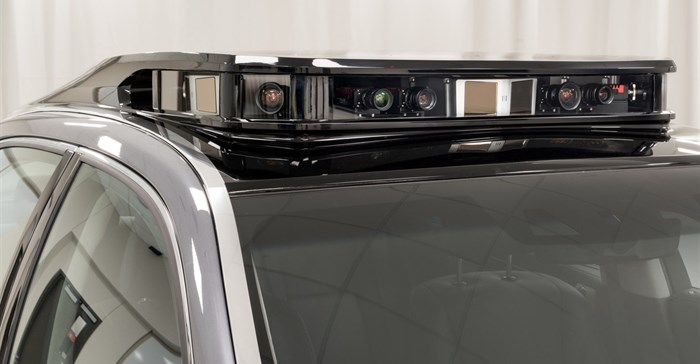
Top stories






LegalKenyan court postpones case seeking to halt Diageo's $2.3bn sale of EABL
Duncan Miriri and Emma Rumney 1 day
More news












Toyota Research Institute (TRI) approached the development programme with three core principles: elevate perception capabilities to be an industry pace-setter in automated vehicles; blend the sensing equipment into the vehicle design with a distinct appearance that is sleek and elegant; and package the automated vehicle technology in a manner that is easy to reproduce for building a fleet at scale.
Platform 3.0 represents a maturing of TRI's automated vehicle research. Experimentation has narrowed in on a technology package with a more defined sensor configuration and a level of performance that helps catapult proficiency in understanding the world around the car.
The vehicle has a sensor-rich package that makes it one of the most perceptive automated driving test cars on the road. On TRI's earlier test platform, the Luminar Lidar system – with its 200-metre range – previously only tracked the forward direction; now it covers the full 360-degree perimeter around the car. This is made possible by four high-resolution LIDAR scanning heads which precisely detect objects around the vehicle, including notoriously difficult-to-see dark objects.

Shorter-range Lidar sensors are positioned low down on all four sides of the vehicle: one in each front quarter panel and one each on the front and rear bumpers. These can detect low-level and smaller objects near the car, such as children or debris on the road. The new platform has the flexibility to incorporate future breakthrough technology as it becomes available.
It features a new rooftop weather and temperature-proof panel, cleverly making use of the space in the sunroof compartment to minimise overall height. The equipment no longer looks like an array of bolt-on parts, and the "spinning bucket" LIDAR sensor that has historically been a characterising feature of autonomous test vehicles has been replaced.
The rooftop panel is inspired by crash helmets used for off-road motorcycling. The forward area has a crisp, technical look that becomes more fluid and aerodynamic towards the rear of the vehicle, unifying with the LS's contour lines. The panel is embellished with chrome trim along the side where it meets the roof line.

The computational architecture for operating the automated vehicle components, which previously took up almost all the boot space, has also been consolidated. The electronics infrastructure and wiring have been condensed into a small box, smartly adorned with an LED-lit TRI logo.
Production of Platform 3.0 vehicles will begin in the northern hemisphere. The Prototype Development Centre at TMNA R&D headquarters in York, Michigan, which has expertise in low-volume, specialised production, will build the cars from stock Lexus LS models.
Production numbers are intentionally low to allow for continued flexibility, given the speed at which TRI has progressed in updating its test platform. There have been three major updates, including two new-generation test models, in less than a year. TRI anticipates rapid developments will continue.
Some of the vehicles will be assembled with the dual cockpit control layout that TRI revealed last year. This arrangement is used to test TRI's Guardian approach to automated driving, experimenting with methods for transferring vehicle control between the human test driver and the automated system while having a safety driver in place as a back-up. Single cockpit vehicles, like the one on display at CES, are used to test Chauffeur, which is TRI's approach to full vehicle automation.